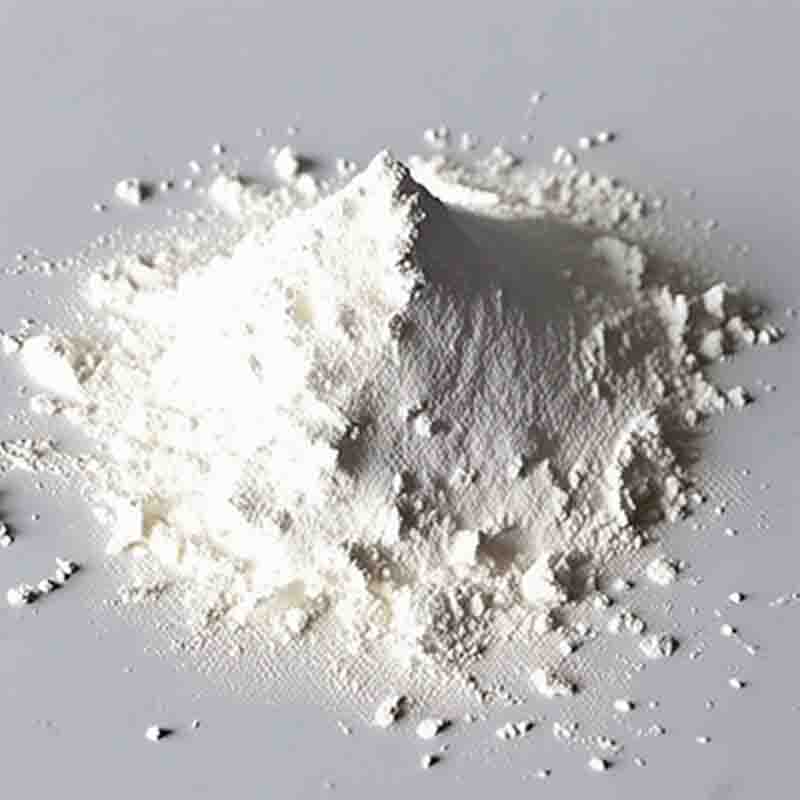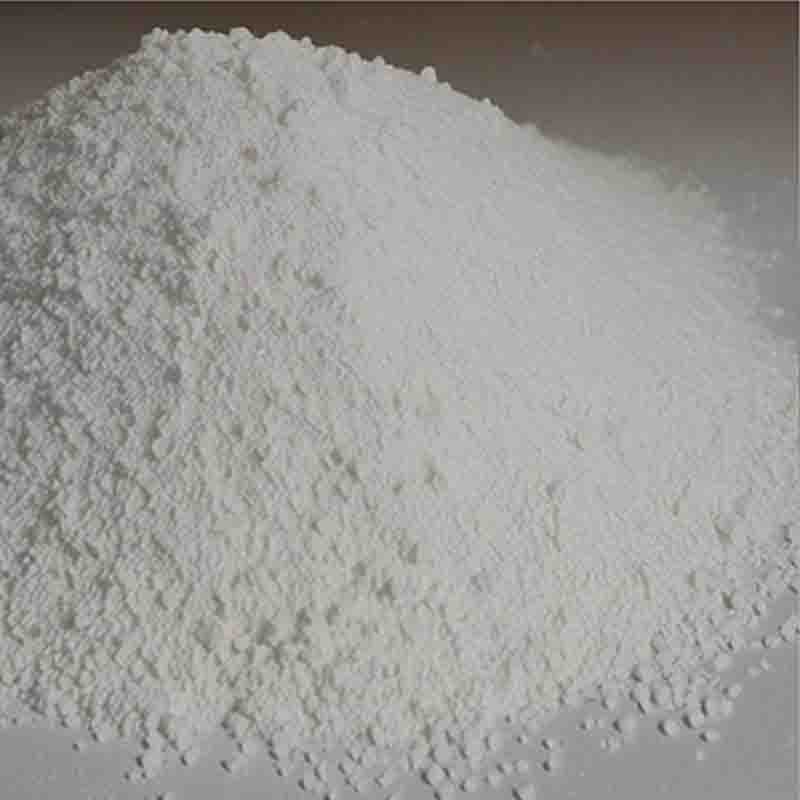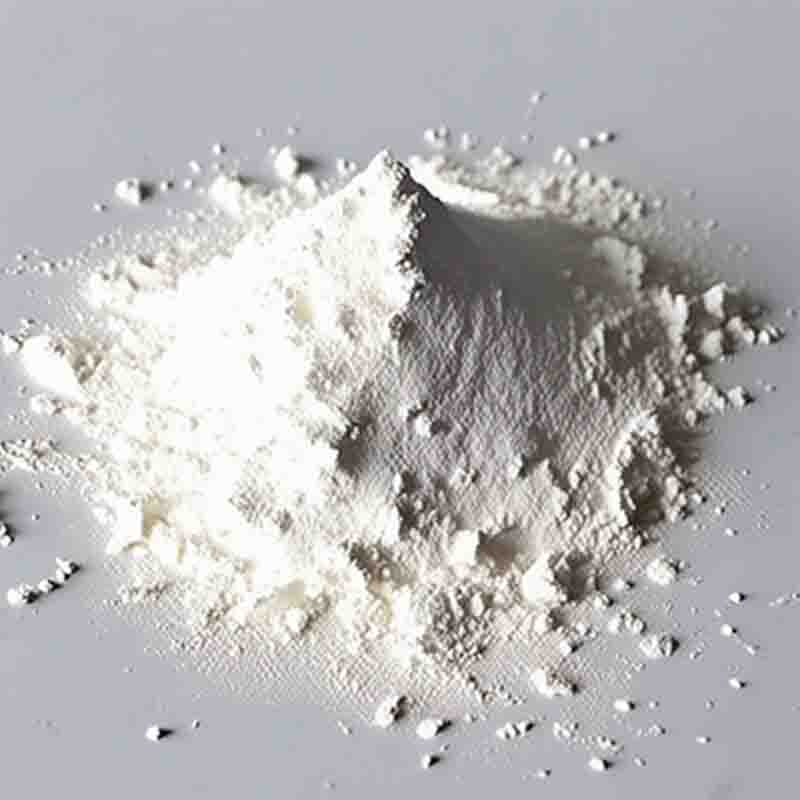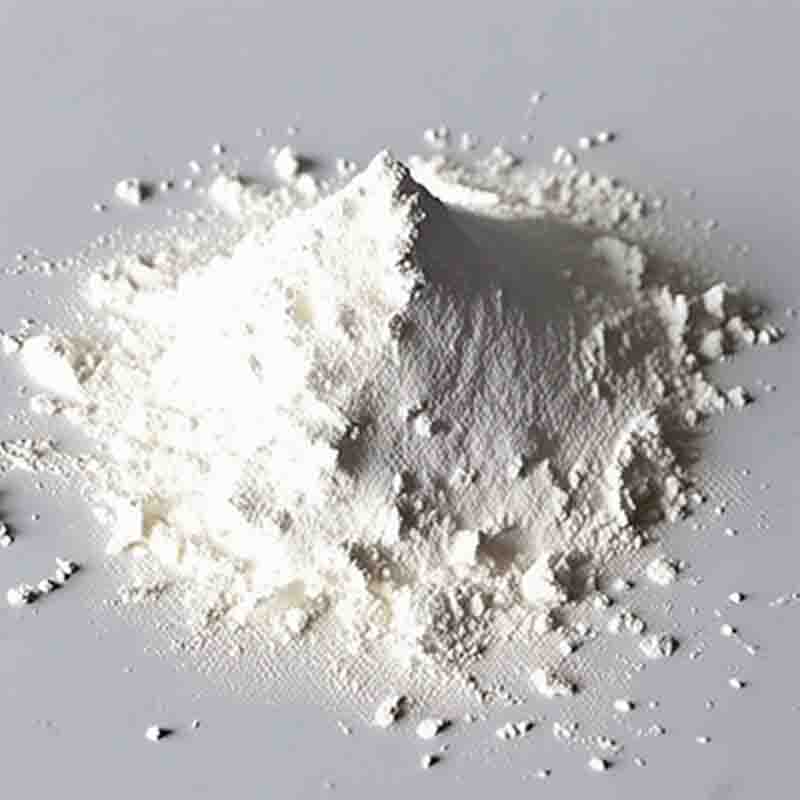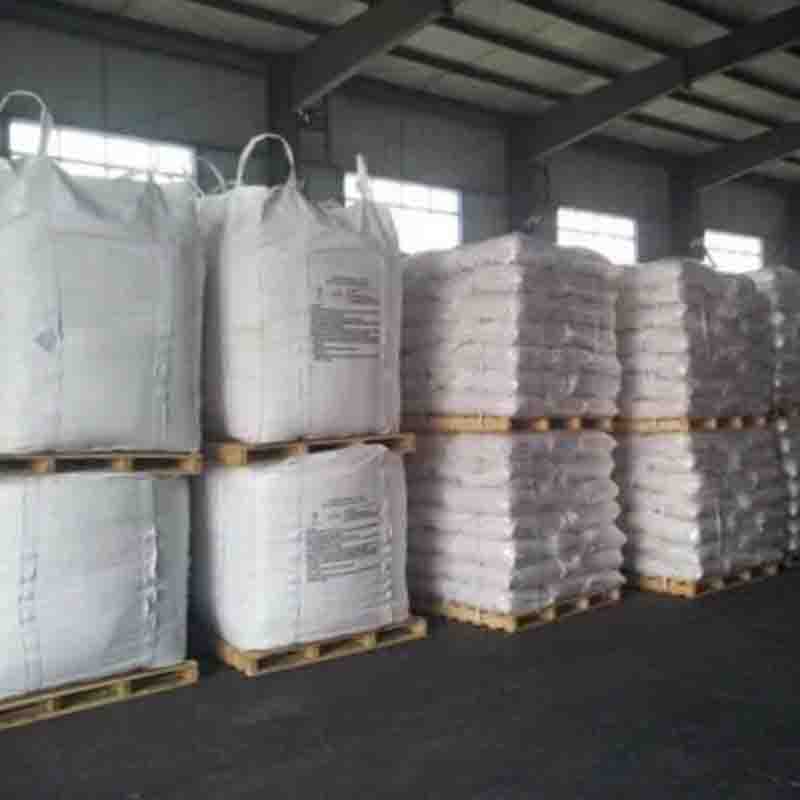(S)-1-(2-phenylacetyl)pyrrolidine-2-carboxylicacid CAS:2752-38-7
| Catalog Number | XD94731 |
| Product Name | (S)-1-(2-phenylacetyl)pyrrolidine-2-carboxylicacid |
| CAS | 2752-38-7 |
| Molecular Formula | C13H15NO3 |
| Molecular Weight | 233.26 |
| Storage Details | Ambient |
Product Specification
| Appearance | White powder |
| Assay | 99% min |
(S)-1-(2-phenylacetyl)pyrrolidine-2-carboxylic acid, also known as S-PPAC, is a compound with potential pharmacological effects and applications. Let's explore some of its known effects and uses.One of the main effects of S-PPAC is its potential as an analgesic or pain-relieving agent. Studies have shown that S-PPAC can act on certain receptors in the central nervous system, such as the mu-opioid receptors, which are involved in pain perception. By binding to these receptors, S-PPAC can potentially alleviate pain and provide relief to individuals suffering from various types of pain, including acute and chronic pain conditions.Furthermore, S-PPAC has been investigated for its potential anti-inflammatory properties. Inflammation is the body's response to injury or infection, but chronic inflammation can lead to various diseases and conditions. By inhibiting the production of pro-inflammatory molecules, such as cytokines and prostaglandins, S-PPAC may help reduce inflammation and contribute to the treatment of inflammatory conditions, such as arthritis or inflammatory bowel disease.Additionally, S-PPAC has also demonstrated potential as an anti-cancer agent. Studies have shown that it can inhibit the growth and proliferation of cancer cells in various types of cancer, including breast, lung, and colorectal cancer. The exact mechanism of action is not fully understood, but it is believed that S-PPAC may interfere with key cellular processes involved in cancer development, such as cell cycle progression or DNA replication.Moreover, S-PPAC has shown promise in the field of neuropharmacology. Preliminary studies suggest that it may have neuroprotective effects, meaning it could potentially protect nerve cells from damage or degeneration. This has implications for various neurological disorders, including Alzheimer's disease, Parkinson's disease, or stroke.In conclusion, S-PPAC is a compound with potential pharmacological effects and applications. Its analgesic properties, anti-inflammatory potential, anti-cancer activity, and neuroprotective effects make it an intriguing molecule to explore further. However, it is important to note that more research is needed to fully understand its mechanisms of action, safety profile, and potential therapeutic applications.




